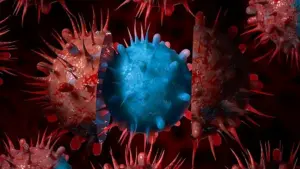Genetic Ancestry of Modern-Day Indians

Recent research reveals that modern-day Indians likely descend from three ancestral groups linked to Iranian and Central Asian cultures. This study published in the journal Cell provides vital information about the genetic history of India, denoting the complex interactions of migration and social practices over thousands of years. Ancestral Groups The study identifies three main ancestral groups. These are Neolithic Iranian farmers, Eurasian Steppe pastoralists, and South Asian hunter-gatherers. Each group contributed to the genetic makeup of contemporary Indians. These contributions reflect ancient migrations that shaped the population’s genetic diversity. Migration Patterns Genetic evidence suggests that the initial migration to India occurred around 50,000 years ago from Africa. This migration laid the foundation for the genetic structure of Indian populations. Subsequent gene flow from Neanderthals and Denisovans added 1-2 per cent to the genetic composition of modern India...


















